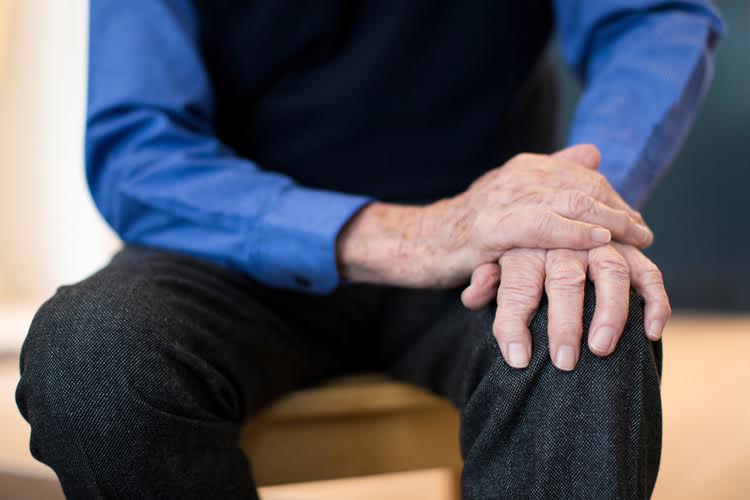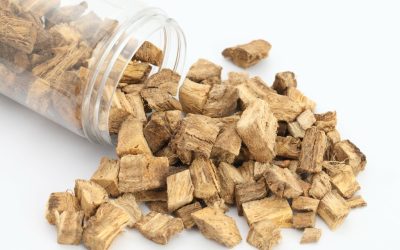Καλαμαριά
Διεύθυνση: Παπαντωνίου 12 (με Ιουστινιανού), Θεσσαλονίκη 55134
Τηλέφωνο: +30 23144 352 212
Κινητό: +30 6972 875 789
Περαία
Διεύθυνση: Ανθέων 3, Περαία 57019
Τηλέφωνο: +30 2392 111 184
Κινητό: +30 6972 875 789
Καλαμαριά
Διεύθυνση: Παπαντωνίου 12 (με Ιουστινιανού), Θεσσαλονίκη 55134
Τηλέφωνο: +30 23144 352 212
Κινητό: +30 6972 875 789
Περαία
Διεύθυνση: Ανθέων 3, Περαία 57019
Τηλέφωνο: +30 2392 111 184
Κινητό: +30 6972 875 789
Polyarteritis nodosa is a rare type of vasculitis that particularly affects the arteries supplying the gut, kidneys and nerves. Bruises aren’t usually serious, and they often clear up without treatment. If you have a bruise that doesn’t go away after 2 weeks, you bruise for no apparent reason, or you have additional Halfway house symptoms, see your doctor for diagnosis. The sooner you get treatment, the sooner you’ll start feeling better.

Alcohol’s effects on skin can be quite visible not long after drinking. There are many facial signs of alcoholism, but one of the most common signs is redness in your face. These chemicals can trigger the blood clotting process and reduce blood flow to the limbs and alcohol and bruising on legs internal organs.
Anti-clotting drugs are by far the most common, such as warfarin and even aspirin. Other drugs like corticosteroids and anti-cancer agents may also disrupt blood clotting mechanisms. The symptoms of hemophilia can be mild or severe, depending on how much clotting factor is present in the affected person’s blood. Jaundice can be a physical sign of liver problems, where the skin takes on a yellowish-brown tone due to high levels of bilirubin in the body.

Do your dreams contain faceless people you can’t quite identify? Find out common interpretations and logical reasons for this brain quirk of indistinct dream faces…. Over time, alcohol can cause vascular dysfunctions which make vessels more prone to rupture and leakage. Pace yourself and limit alcohol intake to minimize impairment and risks. A traditional bruise comes about after your body endures some impact. Running into furniture, falling into a something hard, or being struck by a flying object could all leave you with bruises.
It’s important to understand the consequences of binge drinking, which include an increased chance of alcohol bruising on arms and legs and other major and minor health issues. We may prioritize our health and well-being by being careful of our alcohol use and avoiding binge drinking. Consuming alcohol on an empty stomach is said to have negative consequences such as increased bruise risk and other side effects. It may induce quicker absorption into the circulation, resulting in higher alcohol levels in the body.
Alcohol can deprive you of the energy and mental focus you need to go through the following day. You may also feel sluggish, groggy, and easily irritable, mainly due to disrupted sleep or low blood sugar levels. Additionally, drinking can aggravate certain skin conditions, such as psoriasis and rosacea. Because denial is common, you may feel like you don’t have a problem with drinking.
You may also benefit from a support group to help you reduce your drinking or completely quit drinking alcohol. Over time, drinking a lot of alcohol can cause many health problems. It increases the risk of many types of cancer, high blood pressure, heart disease, and stroke. Chronic alcohol misuse can also lead to liver disease, which often causes bruising. Any of these signs could signal an issue with platelets or clotting factors requiring diagnosis. Certain medications and health conditions can also increase bruising risks independent of alcohol.

Even when sober, there’s an increased risk of falls and accidents. To diagnose unexplained bruising on the legs, a doctor will perform a physical examination and ask the person about whether or not they have a family history of bruising. Thrombocytopenia is a condition that involves low blood platelet counts. When there are not enough platelets, the blood does not clot properly, which could increase the risk of a serious bleed.
Keep reading to learn the possible causes of a swollen foot, ankle, or leg, and what you can do to reduce swelling. Take an over-the-counter pain medicine, such as acetaminophen. Check with your doctor before using nonsteroidal anti-inflammatory drugs (NSAIDs), like aspirin or ibuprofen, because these can make bleeding and bruising worse. Most bruises don’t need treatment because they heal on their own.
Most bruises heal within two weeks without treatment, but if a bruise does not fade, worsens, or is accompanied by other issues, it is recommended to consult a doctor. When a serious bleeding disorder is ruled out, we’re happy to provide reassurance,” she says. Unexplained bruising can be concerning, but there are effective ways to manage and treat it. This section outlines immediate care, long-term medical treatment, and preventive strategies for bruising. When bruising seems unusual or appears without a clear reason, it’s important to identify the cause. This can involve seeing a doctor, reviewing your medical history, and undergoing laboratory tests.